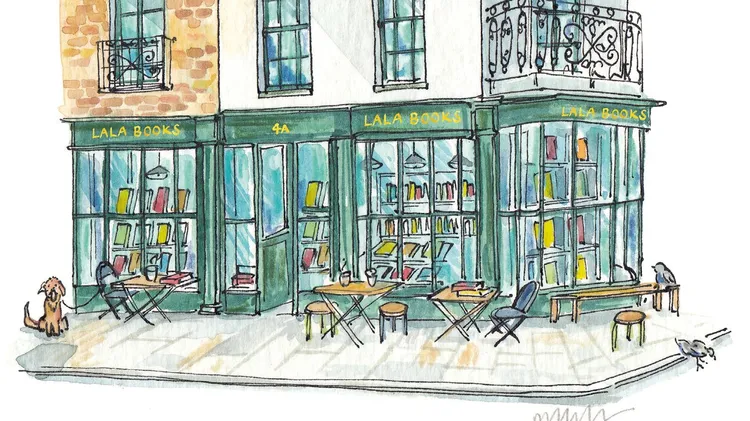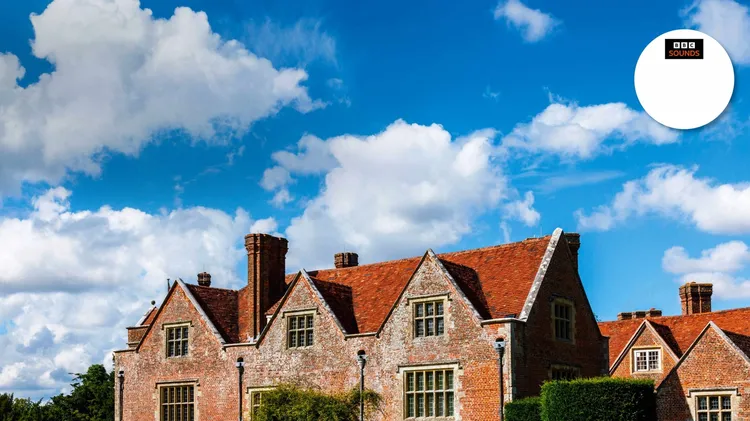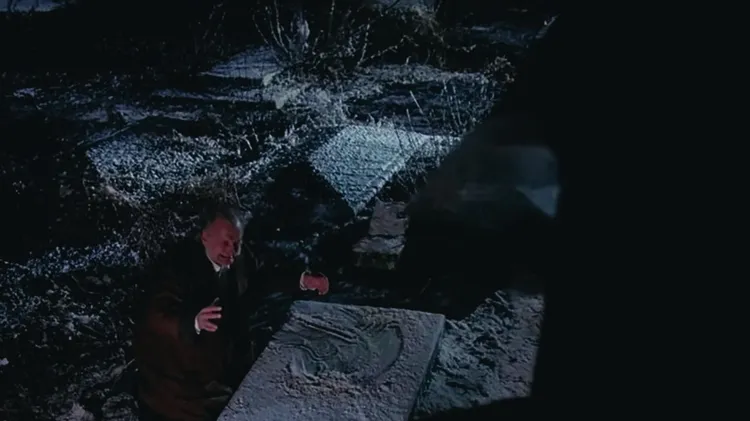We ask Dr Lee Jackson about the sights that have attracted
8london locations linked to dickens
8 min read
This article is from...
Read this article and 8000+ more magazines and newspapers on Readly






